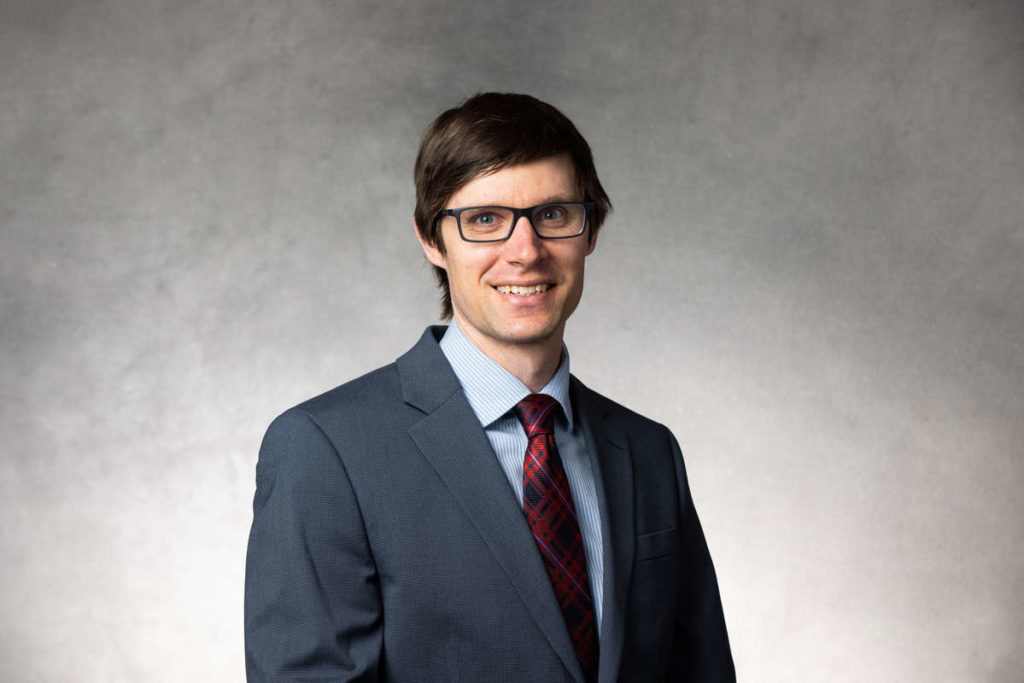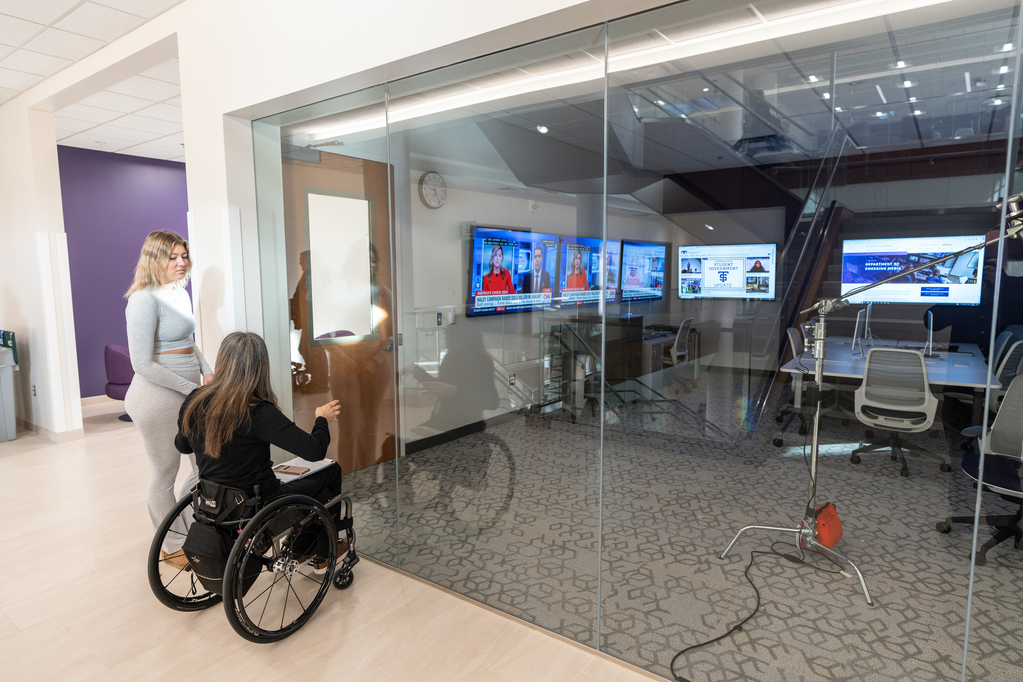The Opus College of Business at the University of St. Thomas is home to the annual Executive Conference on the Future of Health Care, which provides a forum for those in the health care community to talk about industry trends and topics related to innovation. This year, attendees heard from Dr. J. Kevin Croston, CEO of North Memorial Health Care; Dr. David Herman, CEO of Essentia Health; Dr. Ken Holmen, CEO of CentraCare Health; and Dr. Susan Turney, CEO Marshfield Clinic Health System as they discussed the biggest challenges they’re facing, how they plan to innovate and how they position their organizations to address challenges head on.
As someone who is not in the industry, I found the conversation to be a fascinating glimpse into leadership of complex organizations. These CEOs focus on innovation, and their ideas are applicable to many organizations dealing with fast-changing environments. Here are the top insights I gained from the conversation:
Tradition can have a “big T” or a “little t.”
https://www.youtube.com/watch?v=-Tv34vcmJ3w&feature=youtu.be
Tradition and innovation can sometimes be like oil and water. How does innovation happen in organizations with a long history and many traditions? Herman shared a metaphor to explain his approach. He said it’s similar to spending the holidays with family. His family decided to celebrate Christmas somewhere other than their grandmother’s house as she got older and no longer wanted to host. His kids acted as if it was the end of Christmas if it could no longer happen at grandma’s house. Does this type of reaction to change sound familiar to anyone?
The Christmas example needs a bit of logic added to get past the emotional response. At some point in history, Christmas was not celebrated at grandma’s house but likely at her mother’s house. It’s a cycle. It’s not the location to hold onto but what the gathering celebrates. Location is tradition with a "little t" while getting together to celebrate is the "big T" tradition.
Similarly, in a health care system with over 100 years of history, the "big T" tradition requires holding onto the things that create value for patients. As innovation happens and the "little t" traditions change, it is important to find ways that change still creates value for patients – the "big T" traditions. Turney similarly talked about being willing to shed what makes us comfortable. Comfort is rarely a motivator for innovation.
Slow down to speed up.
Everyone says customer service is important, but how many times have we been a customer and had a bad experience with a business? This is true in health care, too. Croston put it quite simply by saying, “Being a patient sucks.” No one wants to be sick, but what can be done to make the experience incrementally better?
North Memorial’s answer is to slow down in order to speed up. They watch innovation from larger health systems first, then jump in to do it better or quicker. It’s known as the second mover advantage. They don’t necessarily have to come up with the ideas but need to be the best at implementing them in a way that meets the needs of their customers/patients. A non-health care example is Apple. They were not the first to develop a smart phone but created more value by making it extremely user friendly. In that same vein, Turney said the smart phone is the new clinic. In order to innovate, health care providers need to shift to be proactive by going to the patient rather than waiting for the patient to come to them. Using technology is one way to meet the patient where they are.
Managers are resource constrained, leaders are not.
Holmen polled the audience and determined the common opinion is that change is needed in the health care industry. That’s a big undertaking. How does one go about getting that started?
Because managers are resource constrained and leaders are not, he suggests taking a leadership approach. The notion of innovation and disruption can start as simply as challenging yourself to start a new conversation and behaving differently. It doesn’t require hiring a new team or a group of experts but starting with influencing current staff to change the conversation.
Best advice for becoming a CEO.
While not everyone has aspirations to become a CEO, the advice these panelists gave for how to navigate their way to the role applies to moving up incrementally, as well. They said:
- Diversify your experience – seek opportunities to understand various roles within a company to better relate to those in each role as a leader.
- Lead through influence – work on this throughout your entire career.
- It’s not only about what you do to get there but how others help you get there. Utilize connections so that when opportunities arise, others think of you.
- Seize new opportunities – you can’t say no very often before people stop asking. Be aspirational. It’s OK to raise your hand.
- Get up and make a difference. Don’t just talk about what you are going to do.
- Be self-critical. Surround yourself with people who complement your weaknesses.
- Do something significant. Find purpose in your life.
The Executive Conference on the Future of Health Care, along with the Health Care UST MBA, MS in Health Care Communication, Physician Leadership College, Mini MBA in Health Care Management and Center for Health & Medical Affairs are all part of a suite of degree and non-degree programs at the University of St. Thomas.







